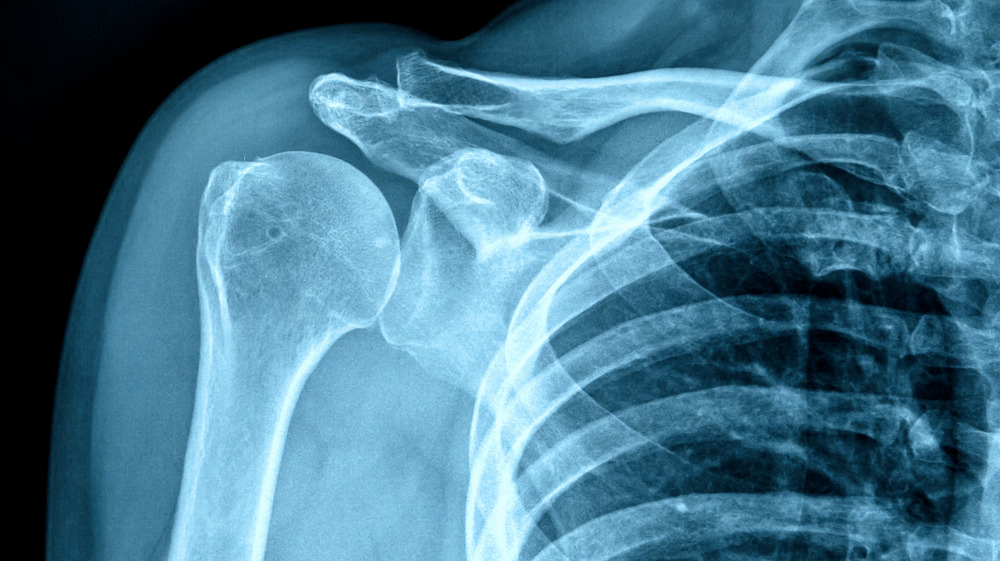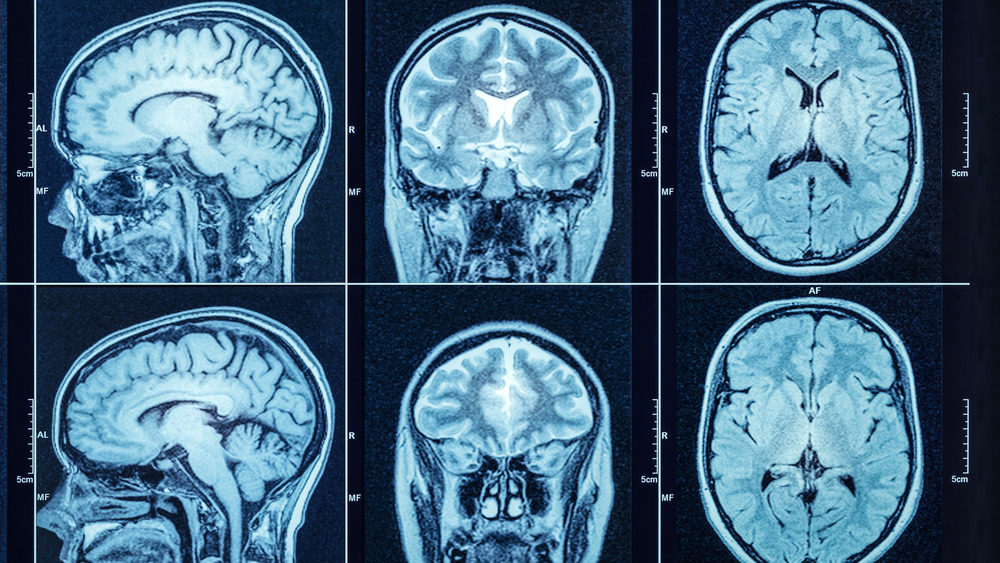What Getting An X-Ray Really Does To Your Body
You may have had the unlucky experience of getting injured, only to have the doctor take an x-ray and confirm that you've broken a bone. Or maybe you've gone to the dentist but didn't think twice when you had to put on a heavy lead apron before getting X-rays. While the benefits usually far outweigh the costs, getting an X-ray is not without risks.
Humans are exposed to a certain amount of radiation every day. It can come from the rocks, soil, water, and air that are all around us, and radiation that makes its way to Earth from outer space even contains X-rays (via Medical News Today). X-rays were first used in a medical procedure in 1896, and have been a critical medical diagnostic tool ever since. So how does X-ray imaging work? In order to create an image, a body part, such as an arm, is placed in front of something that can detect X-rays. Typically, this is film, but detectors that produce digital images are also common (via the National Institutes of Health). A machine then produces X-rays that travel through the body part to the X-ray detector on the other side.
Are certain X-rays worse than others?
Less-dense soft tissue does not absorb the X-rays as readily and instead allows most of them to pass through to the X-ray detector. But structures such as bones absorb most of the X-rays, and create a shadow that shows up as a white image. This image gives doctors a detailed picture of what's inside the patient, allowing them to better diagnose injuries and illness.
There are several different kinds of radiographs, or pictures produced by radiation. The most common is X-ray radiography that's used to diagnose things like broken bones, dental issues, tumors, and pneumonia. Another fairly common type is a computed tomography, or CT scan. This type of imaging creates a 3D picture and allows doctors to see things in greater detail because the imaging uses much more radiation than the typical X-ray.
Because X-rays can potentially hurt living tissue, they do slightly increase the risk of cancer over a person's lifetime. Children are especially susceptible to harm from the radiation created by X-rays. However, it's widely accepted that the benefits of using X-rays when necessary outweigh the minor risks that come from the relatively low doses of radiation. Be sure to always discuss the need for X-rays with a doctor that you trust.


